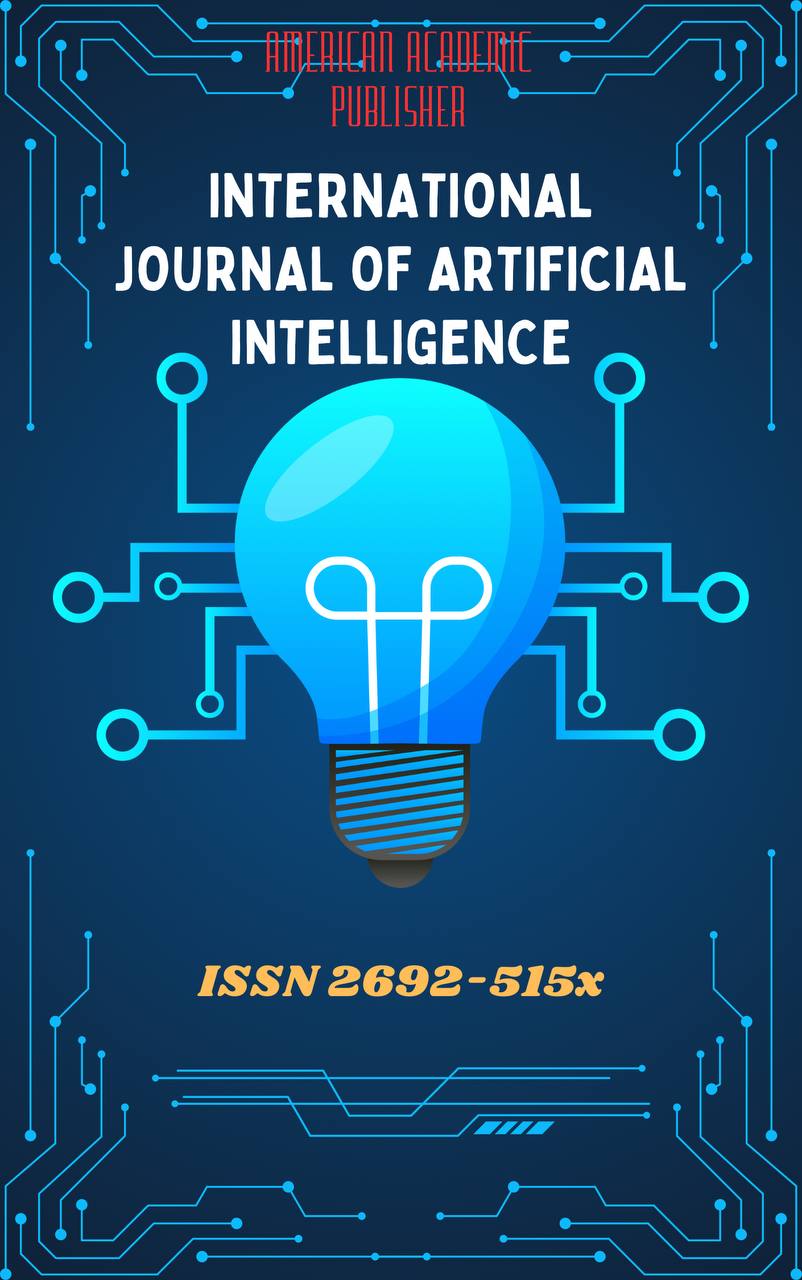 Articles
| Open Access |
Articles
| Open Access | THE ROLE OF ORONYMS IN THE REPRESENTING OF NATIONAL CULTURE IN THE WORKS OF ABDULLA QAHHOR
Tursunova Yulduz Yusuf kizi , Karshi State University Department of Uzbek Language and LiteratureAbstract
A profound understanding of a text requires an analysis of native speakers’ cognitive and social knowledge not only within a single cultural framework but also in the broader context of intercultural communication.
This article presents a linguocultural analysis of place names found in the works of Abdulla Qahhor. It offers insights and reflections on the linguistic and cultural features of the names “Shohimardon,” “Taxti Sulaymon,” and “Teshiktosh”
Keywords
anthropocentric linguistics, linguoculturology, oronym, mountain, peak, cave, linguocultural analysis.
References
Abdulla Qahhor. *Sinchalak* (novella). www.ziyouz.com. p. 95.
Abdulla Qahhor. *Tales from the Past* (novella). Tashkent: Gafur Gulom Literature and Art Publishing House, 1988. p. 212.
Abdulahatov N., G‘oziyev T., To‘xtaboyev I. *Shohimardon Shrine.* Fergana, 2009. www.ziyouz.com. p. 37.
Begmatov E., Madvaliev A., Mahkamov N. et al. *Explanatory Dictionary of the Uzbek Language.* Tashkent: National Encyclopedia of Uzbekistan, 2005–2008. p. 543.
Is’hoqov A. *Taxti Sulaymon or Babur’s House in O'sh.* Vodiynoma, 2017, no. 3(5), pp. 13–18.
Article Statistics
Downloads
Copyright License

This work is licensed under a Creative Commons Attribution 4.0 International License.

